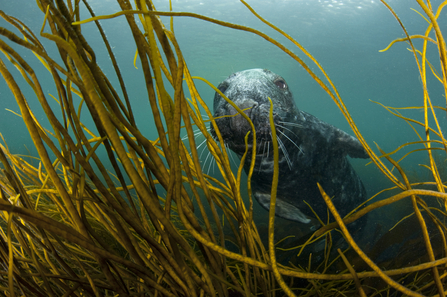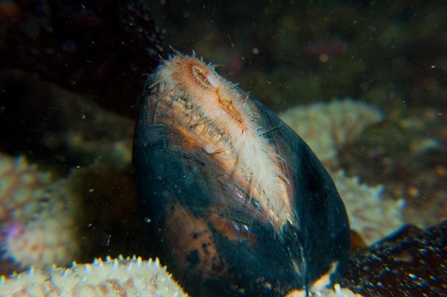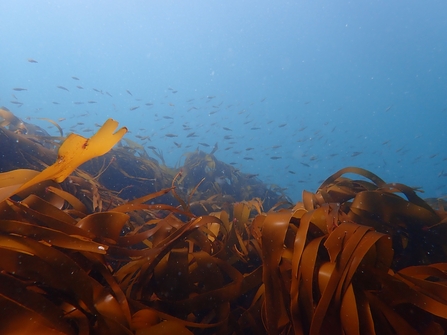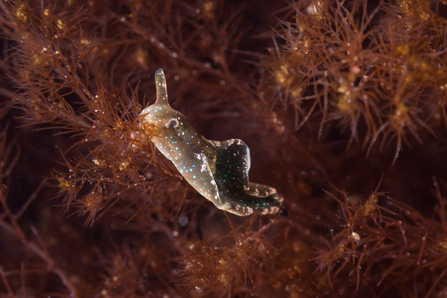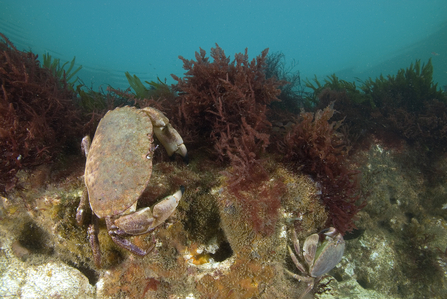The Wildlife Trusts’ National Marine Week (26th July to 10th August) is uncovering the mysterious world of our seabeds: the rich habitats which surround our islands and store vast amounts of carbon* but are often seen as brown, boring and lifeless.
These vital habitats are full of incredible wildlife and yet they are threatened with destruction by industrial scale fishing in many areas.
In the UK, over half of marine habitats are deteriorating and only 29% of estuaries and coastal bodies are in good ecological condition.
Even Marine Protected Areas – nature reserves at sea – are not yet fully protected from destructive fishing activities such as bottom trawling, where huge nets and chains are dragged along the ocean floor, bulldozing anything in their way.
Daniele Clifford, marine conservation officer at The Wildlife Trusts, says:
“Many people don’t realise we have amazing cold-water corals, chalk reefs, muds and more in the UK and these are home to a huge amount of wildlife. We’ve all been moved by Sir David Attenborough’s film, ‘Ocean’. His message that our seas will recover if we protect them from harm is so true. But we all need to do more and we hold National Marine Week each year to celebrate our oceans but also to highlight their plight.”

